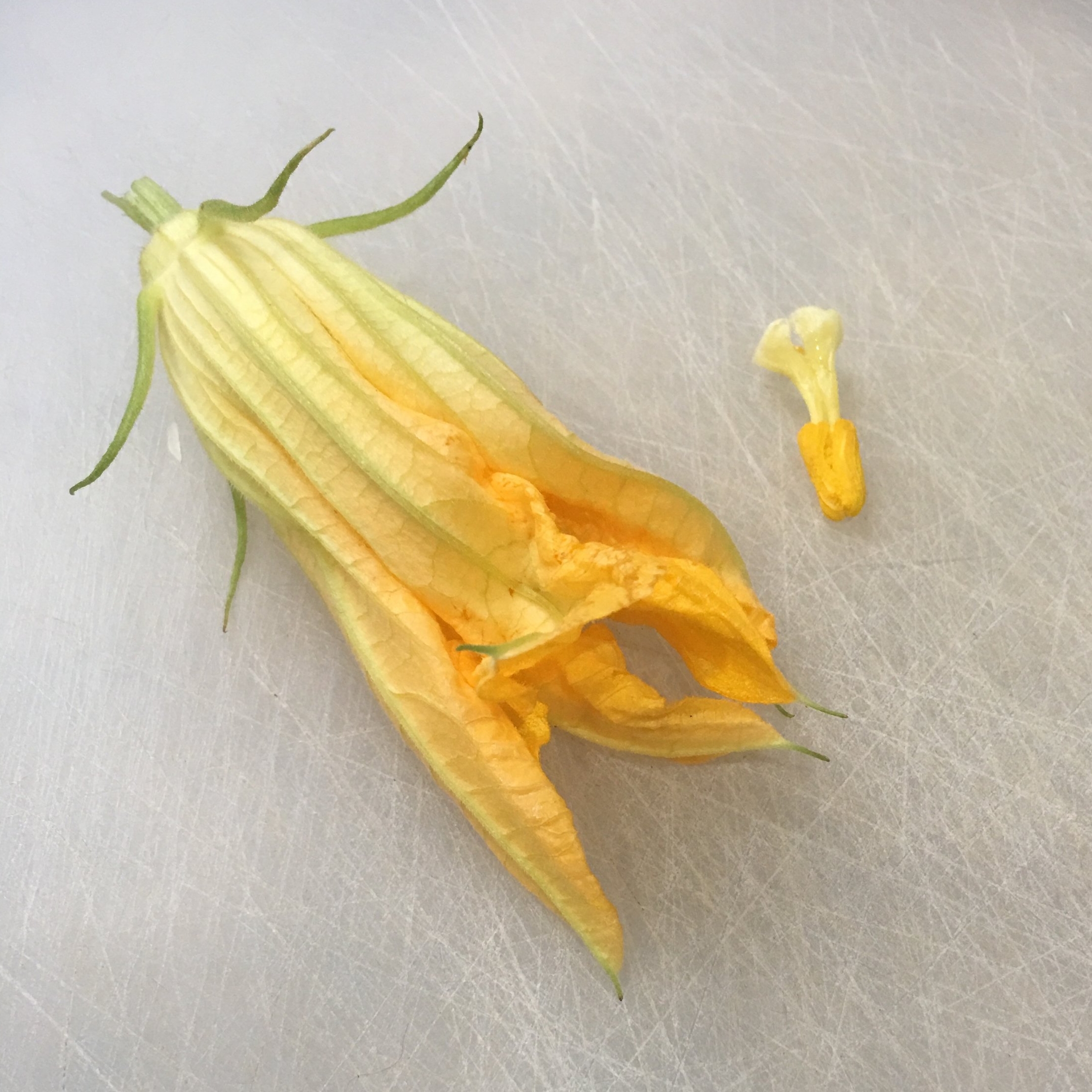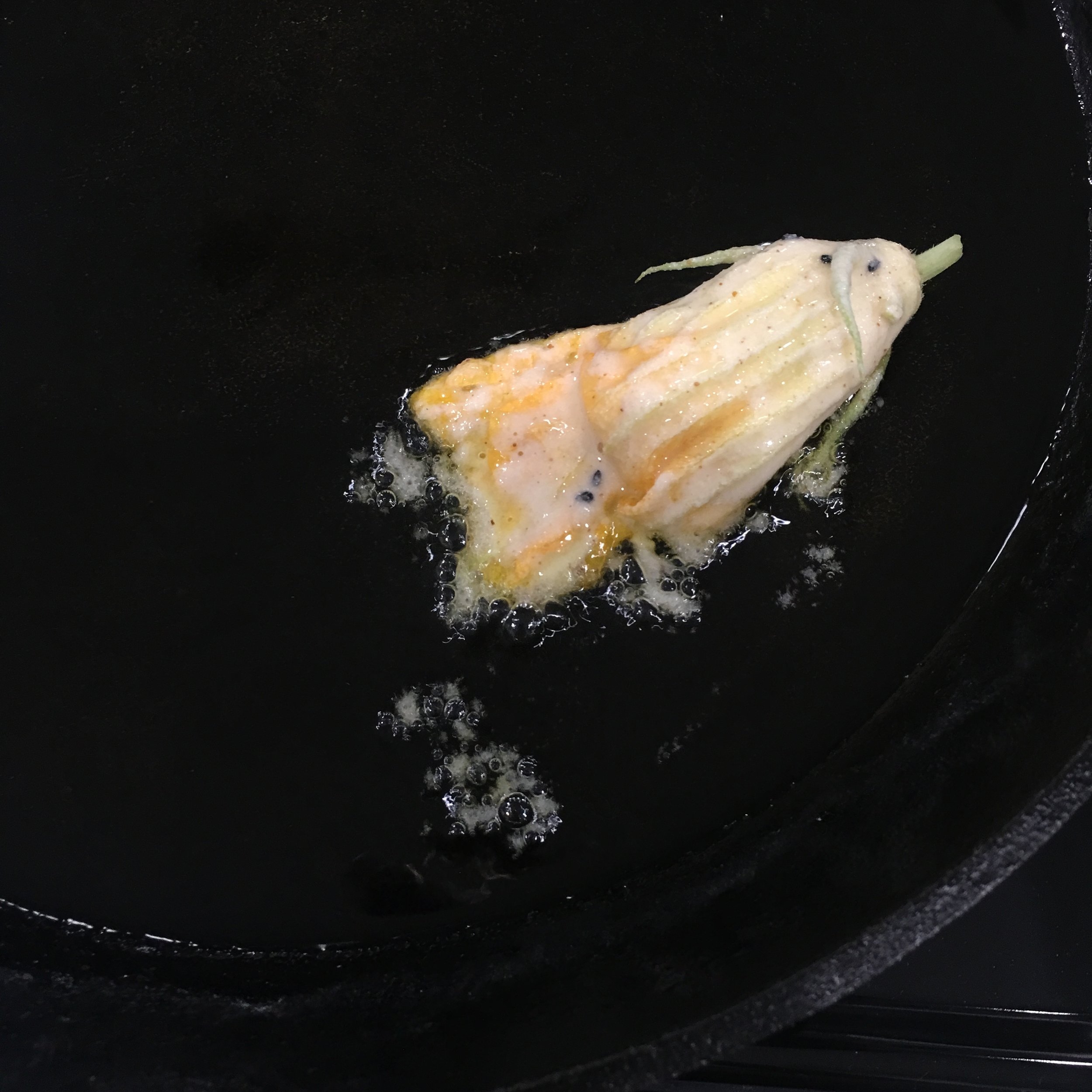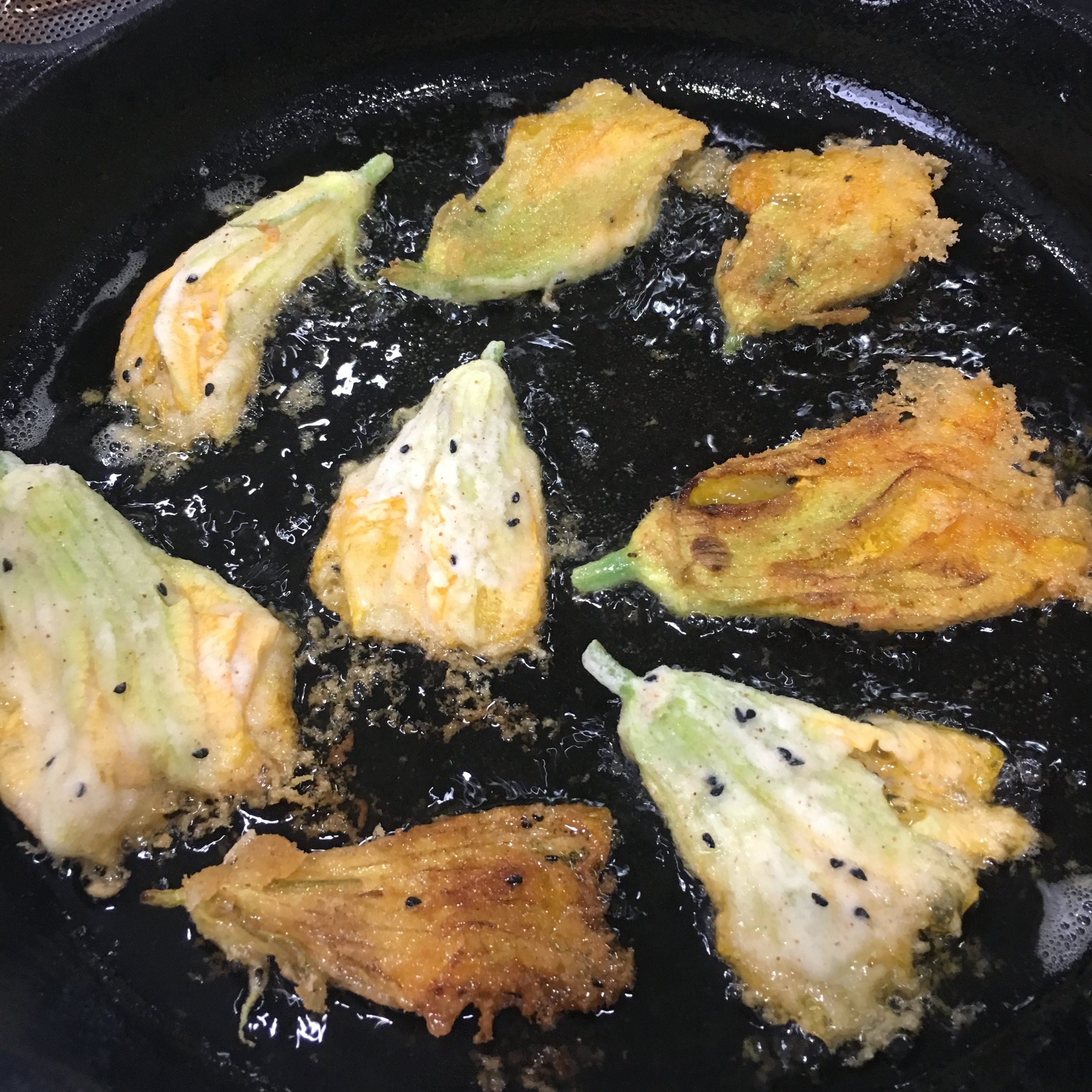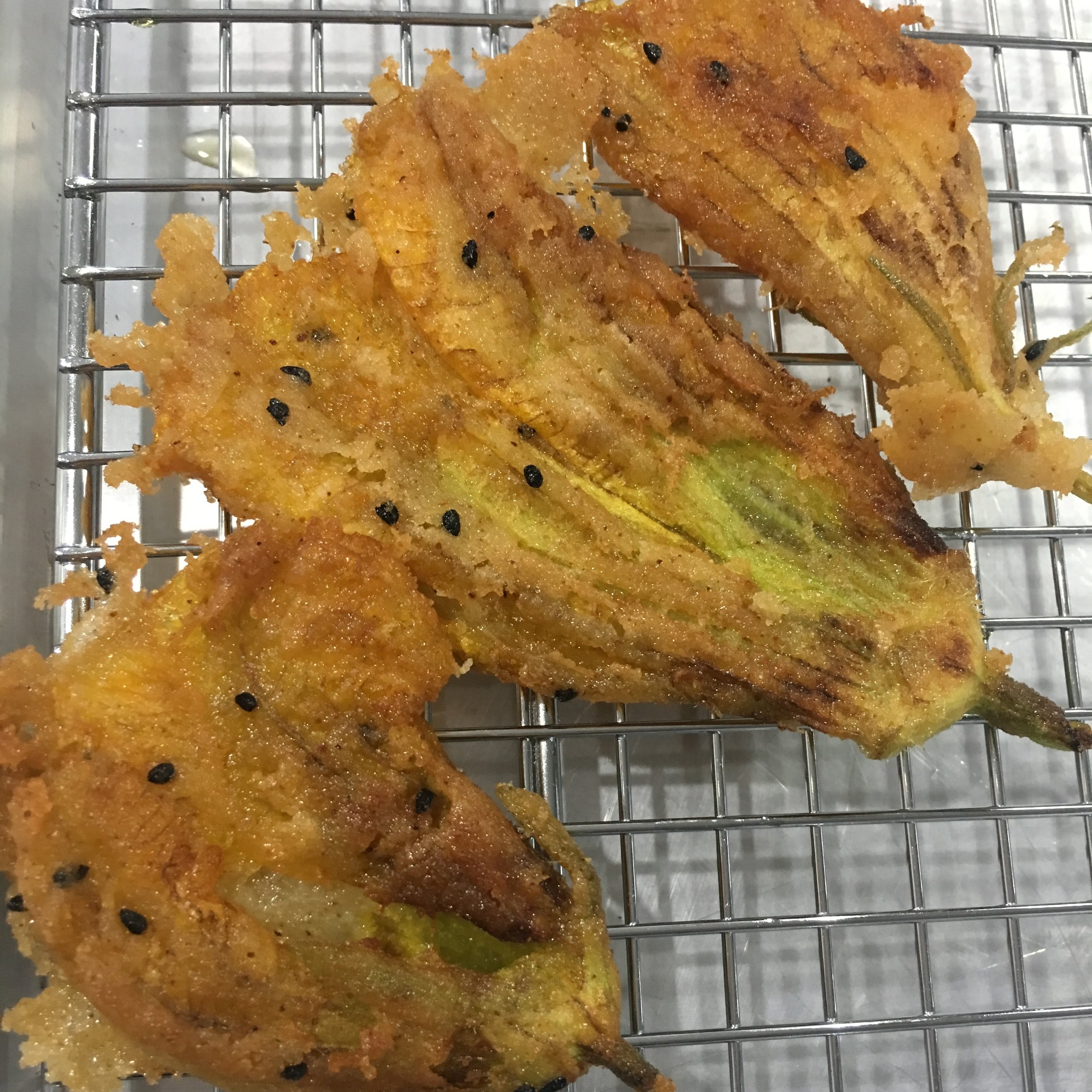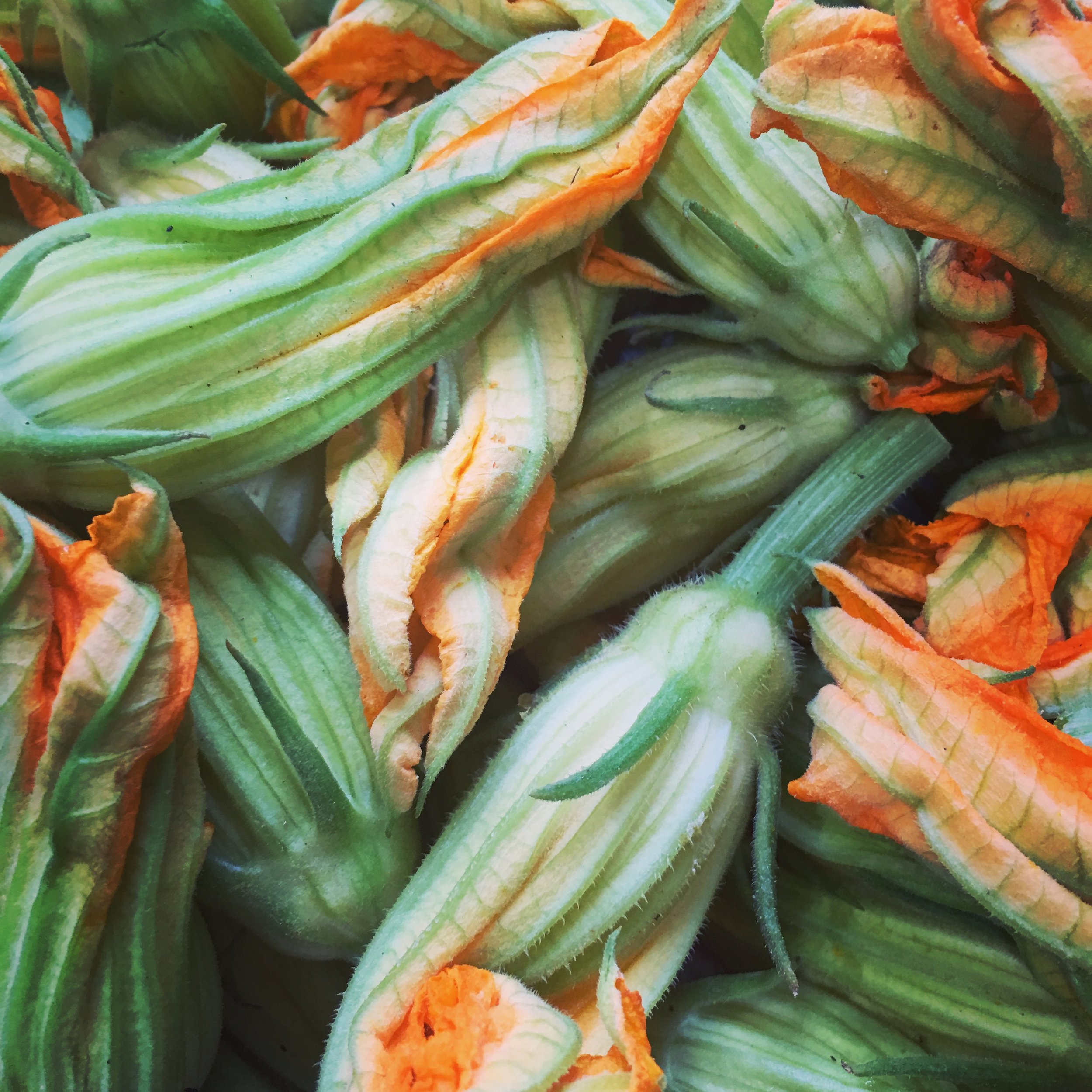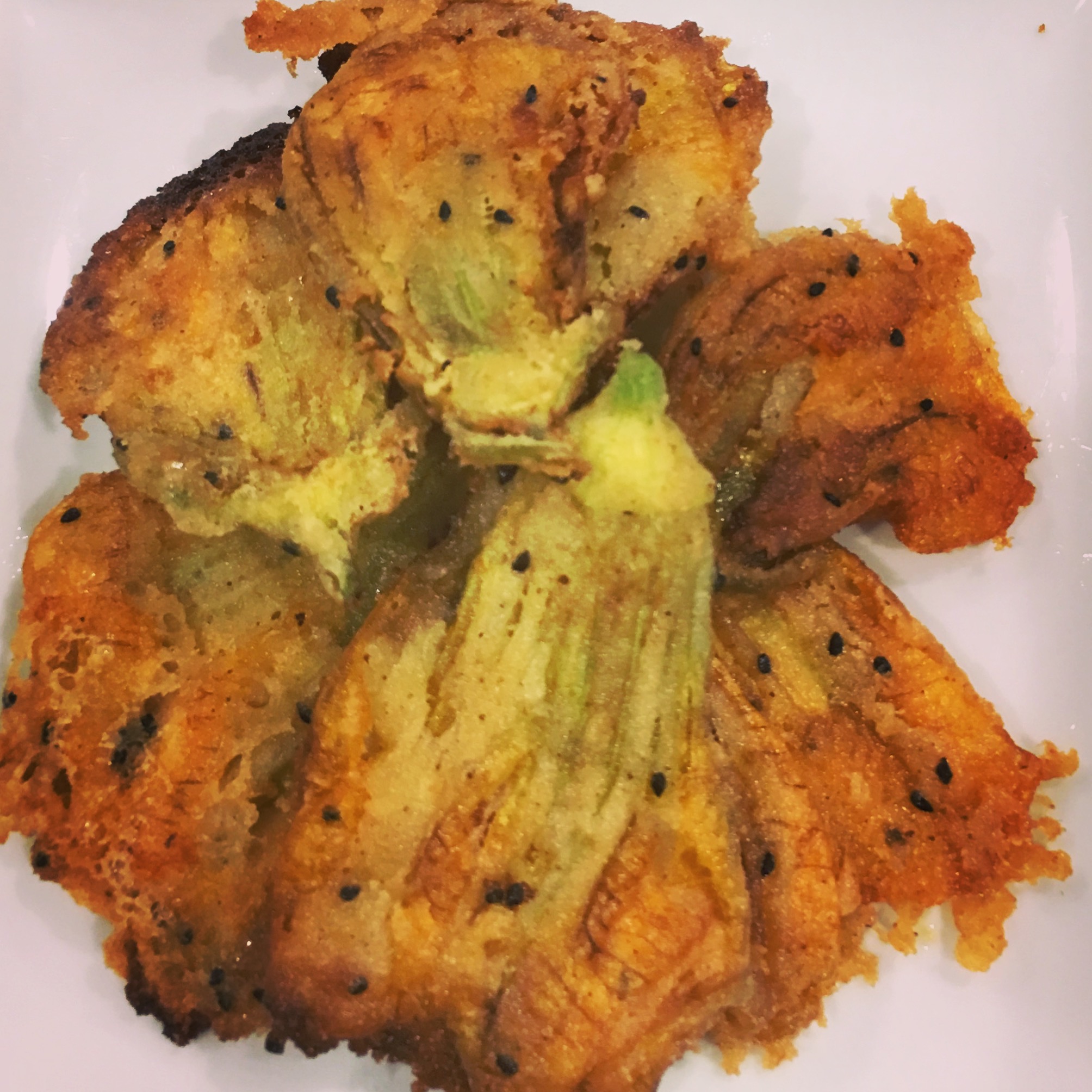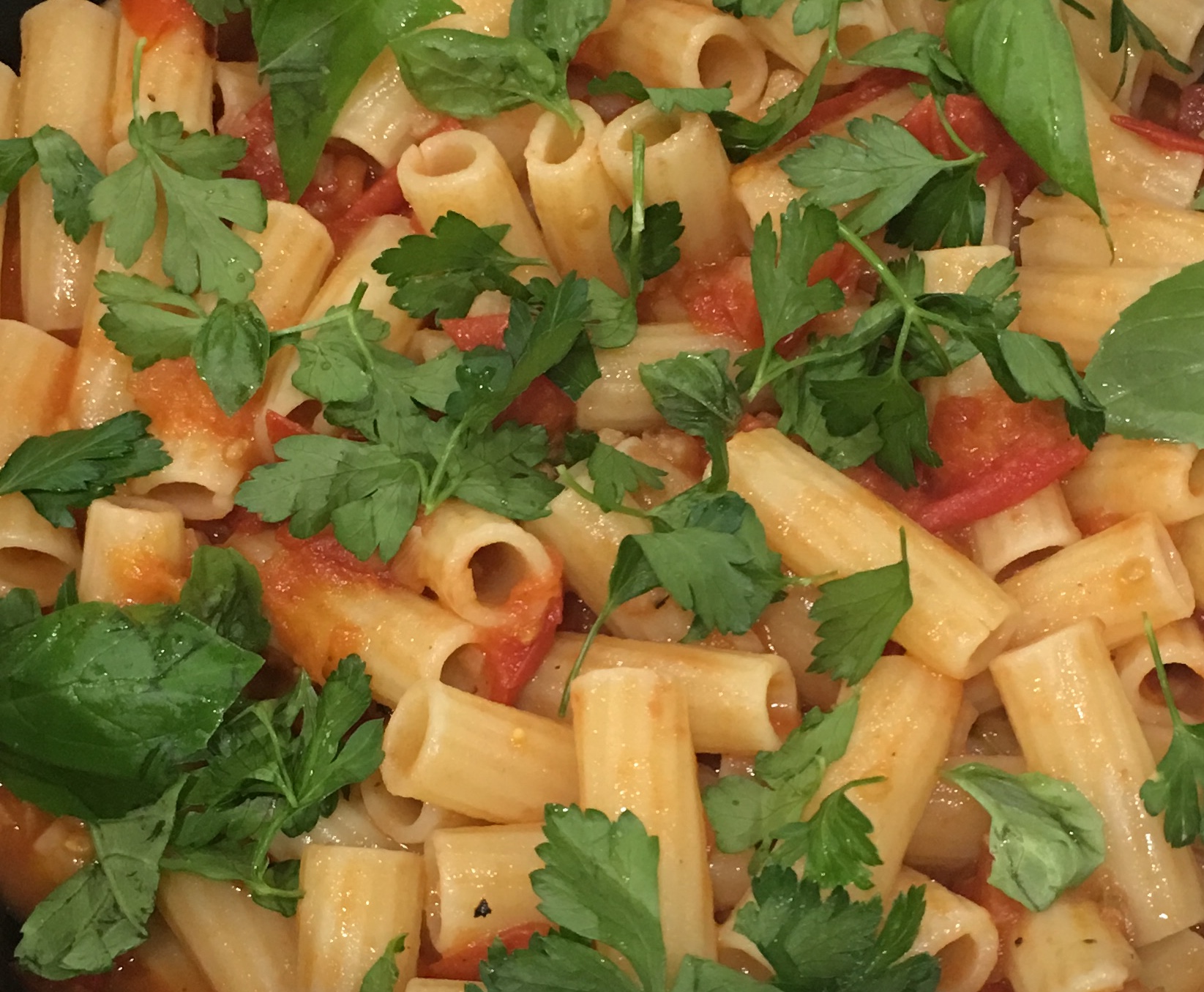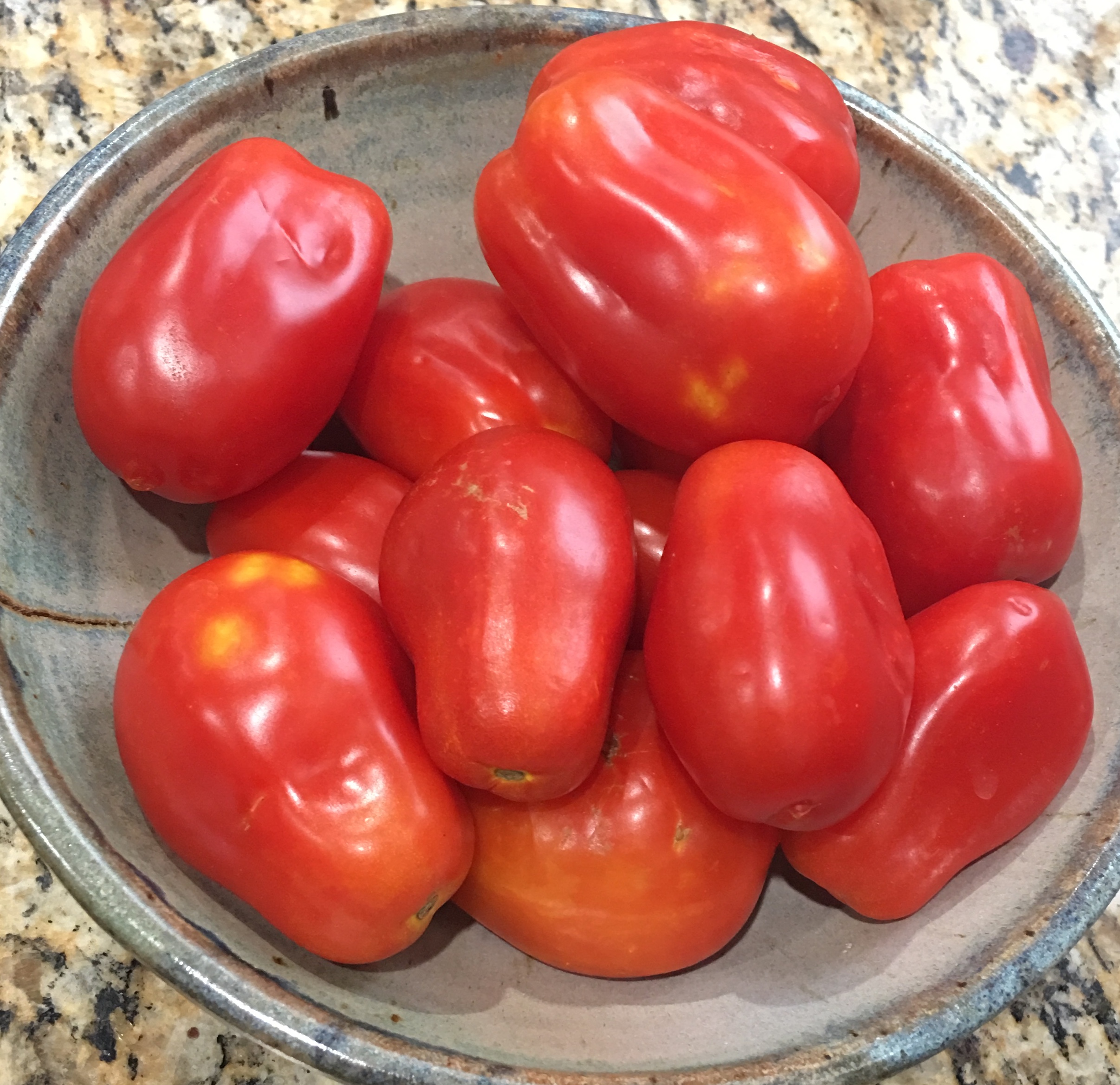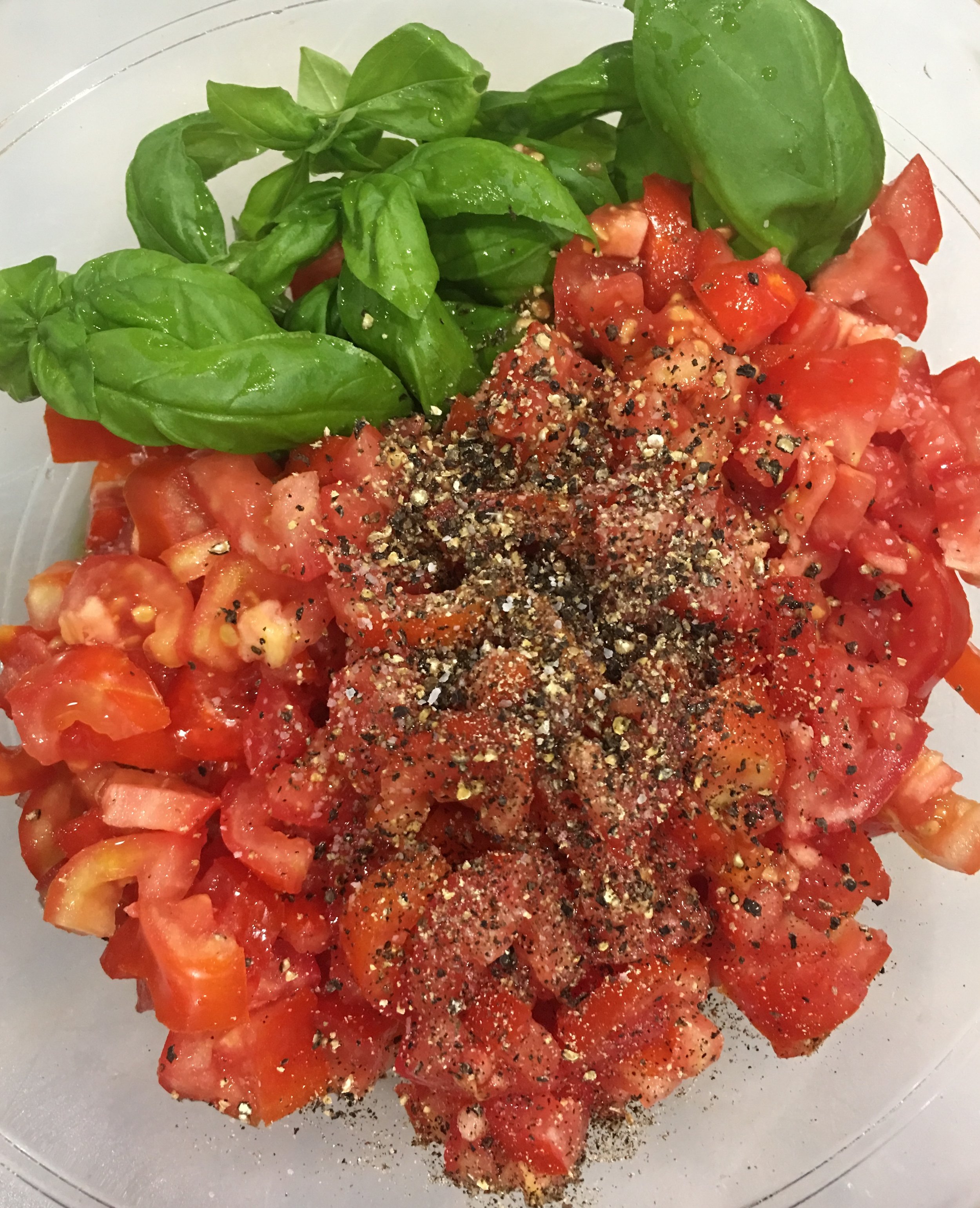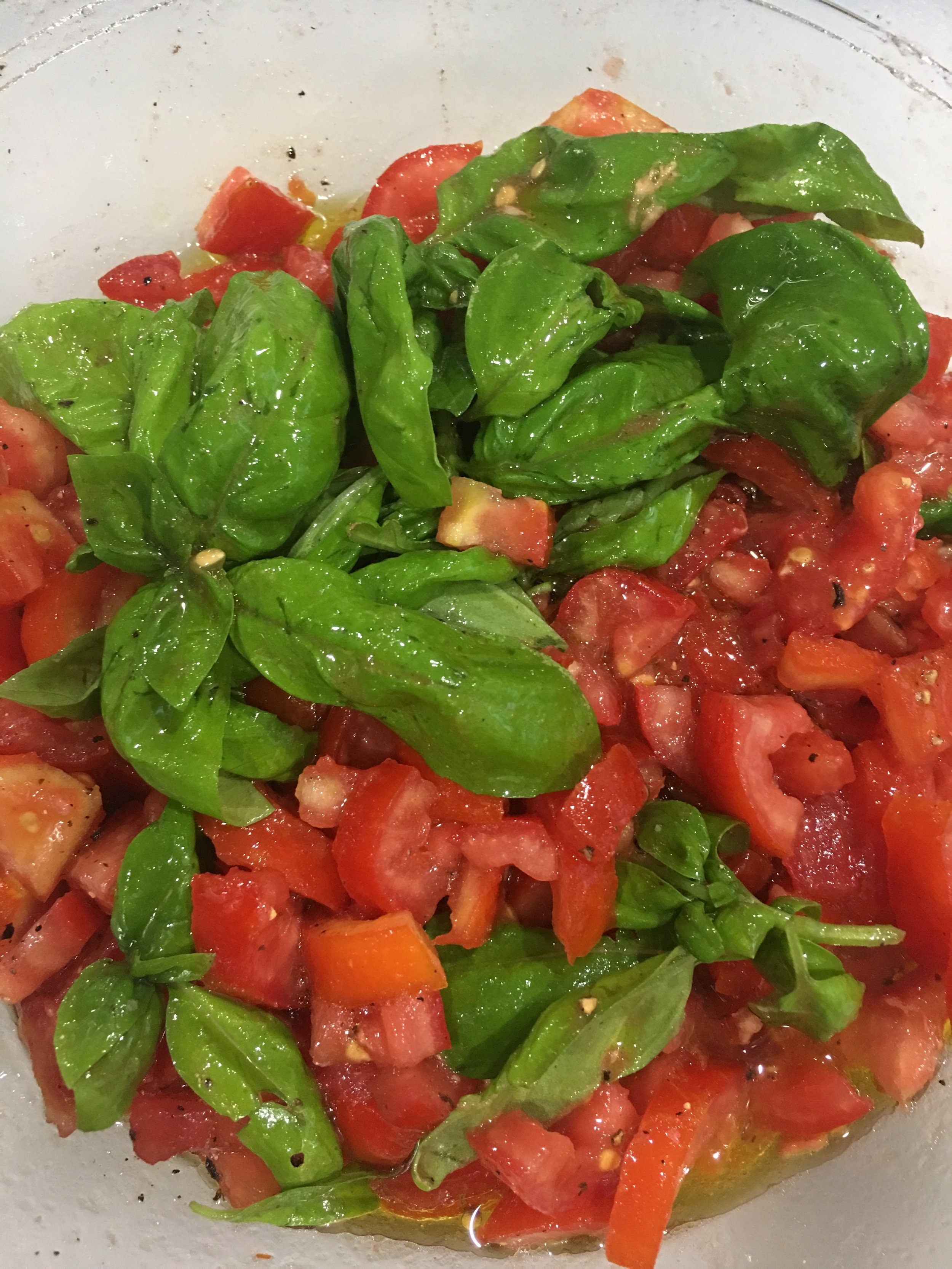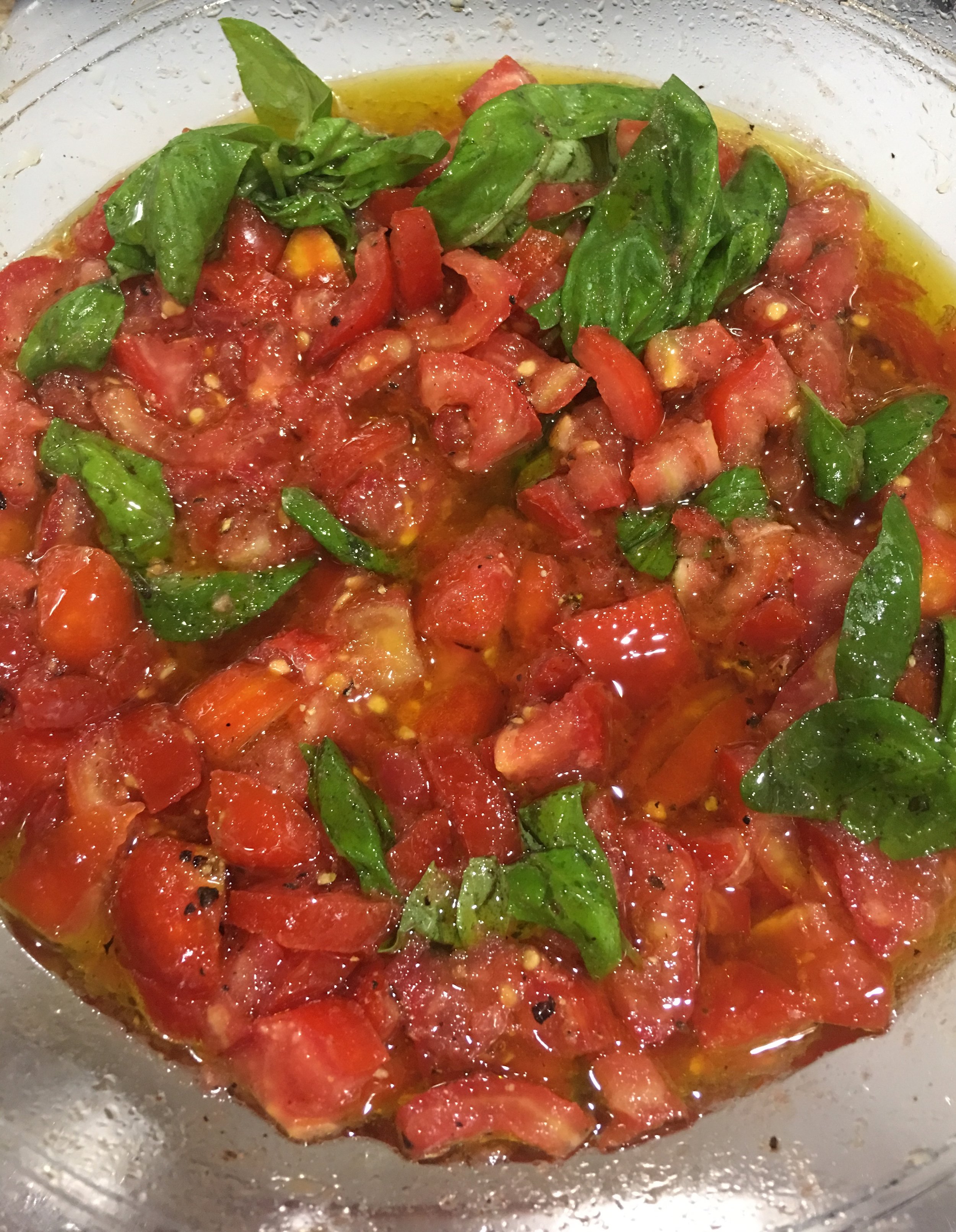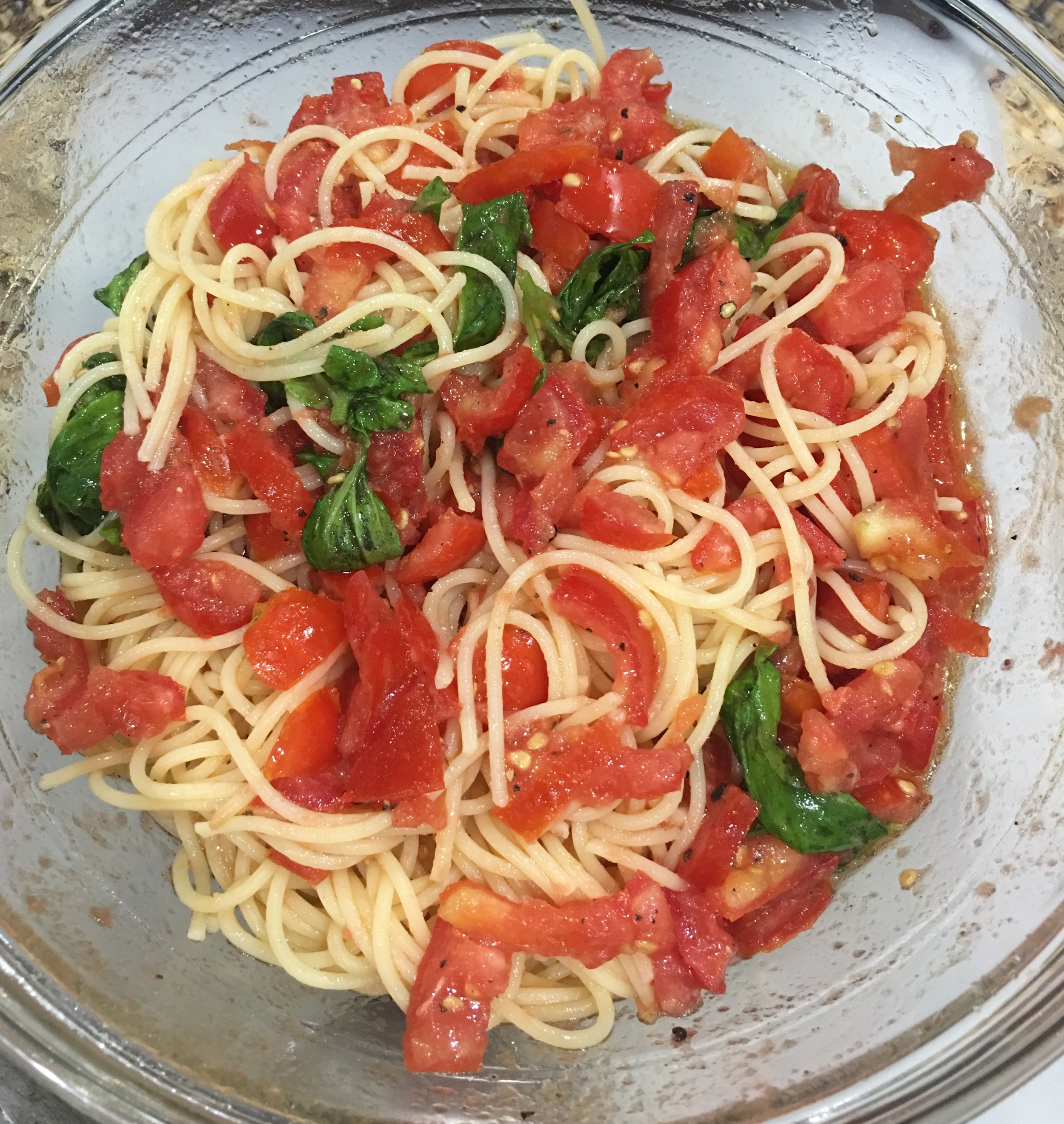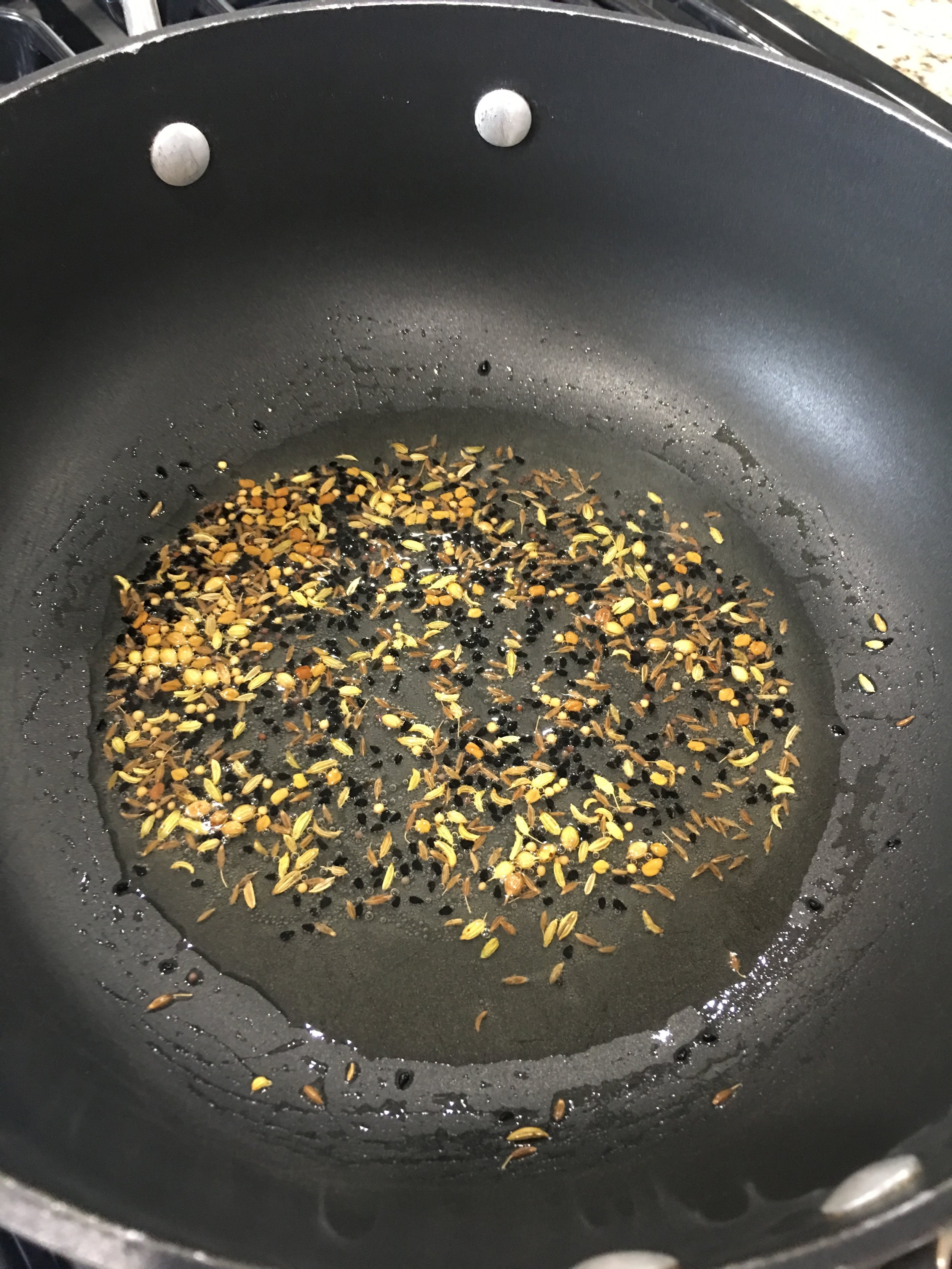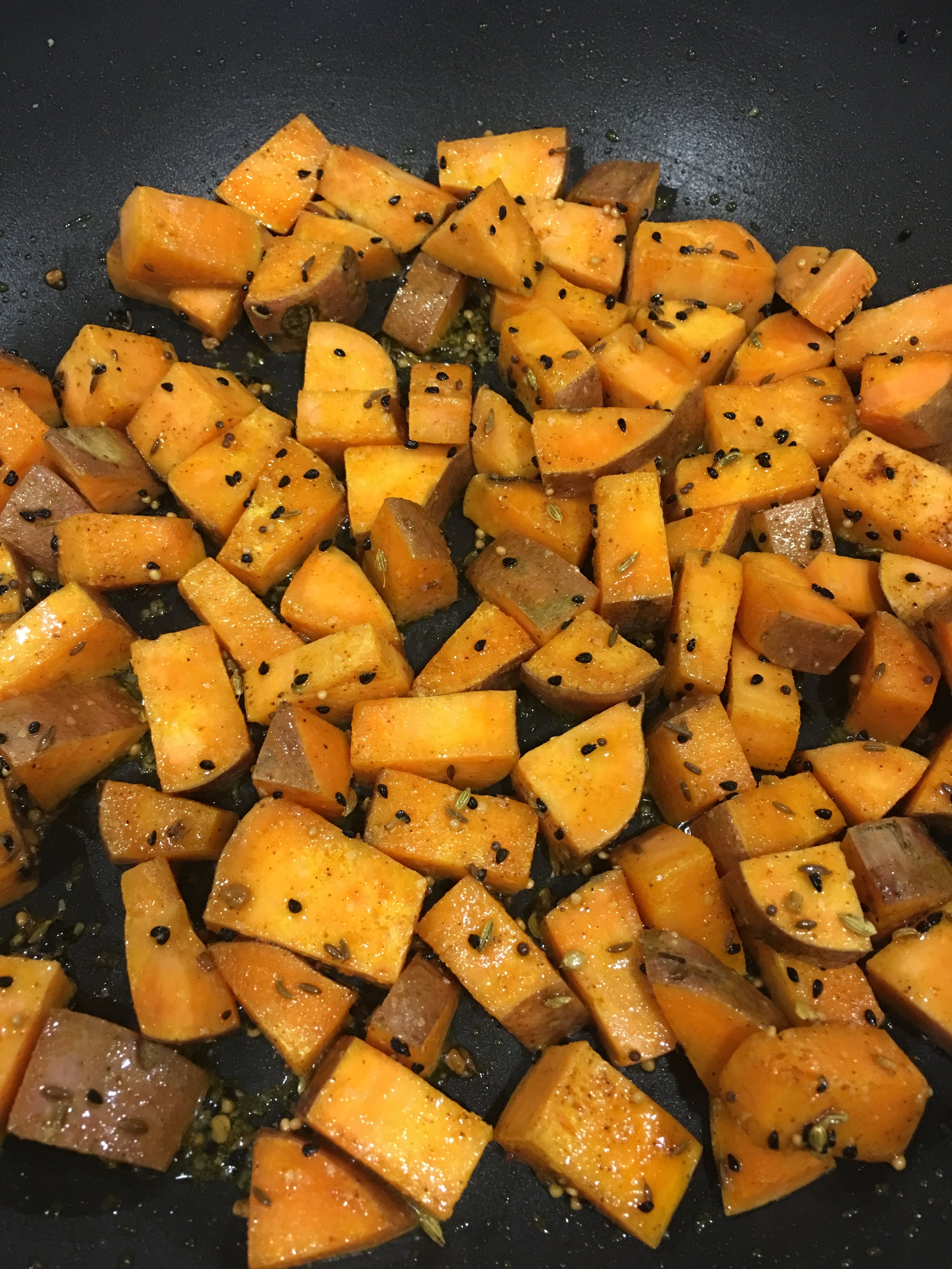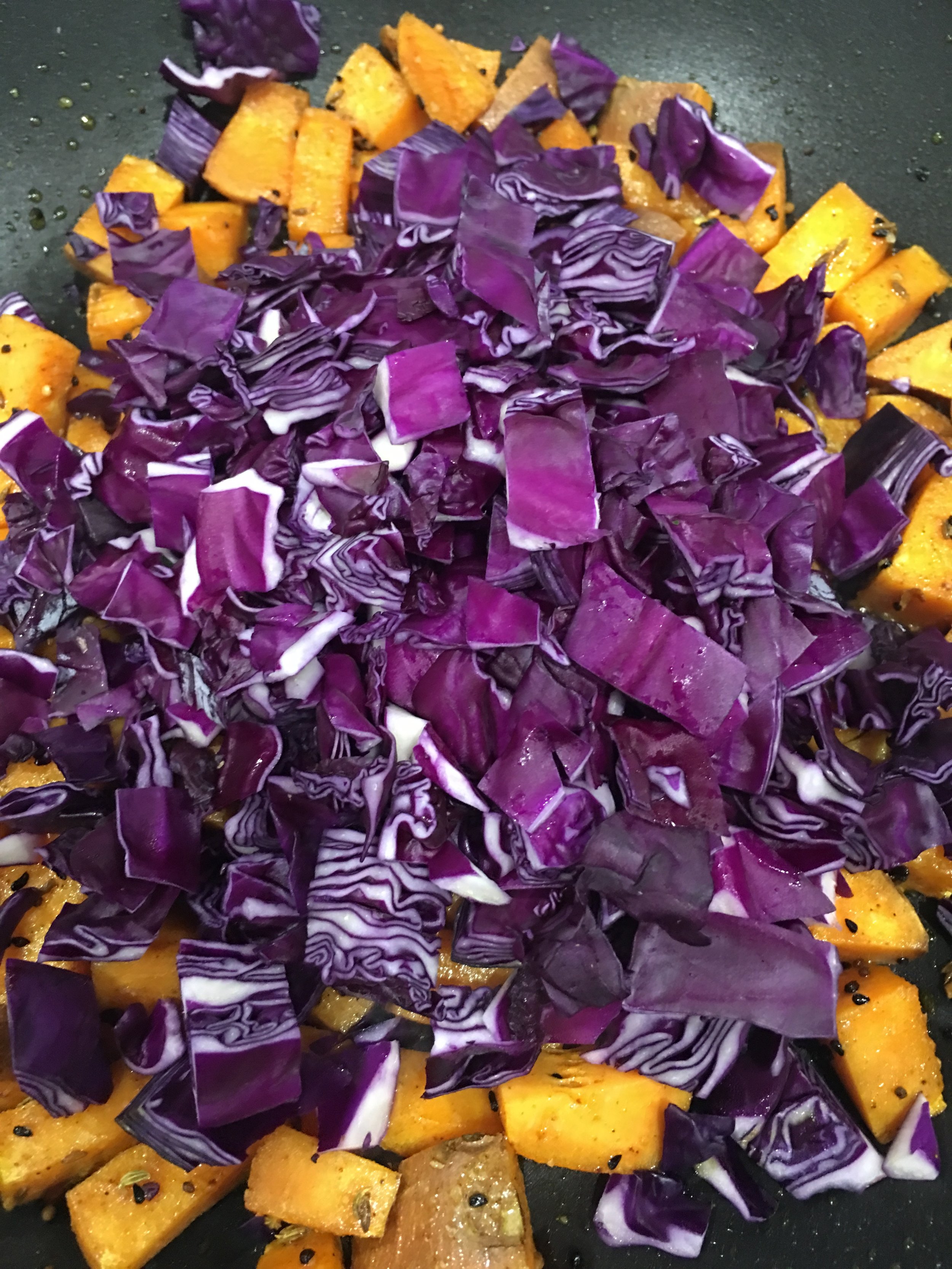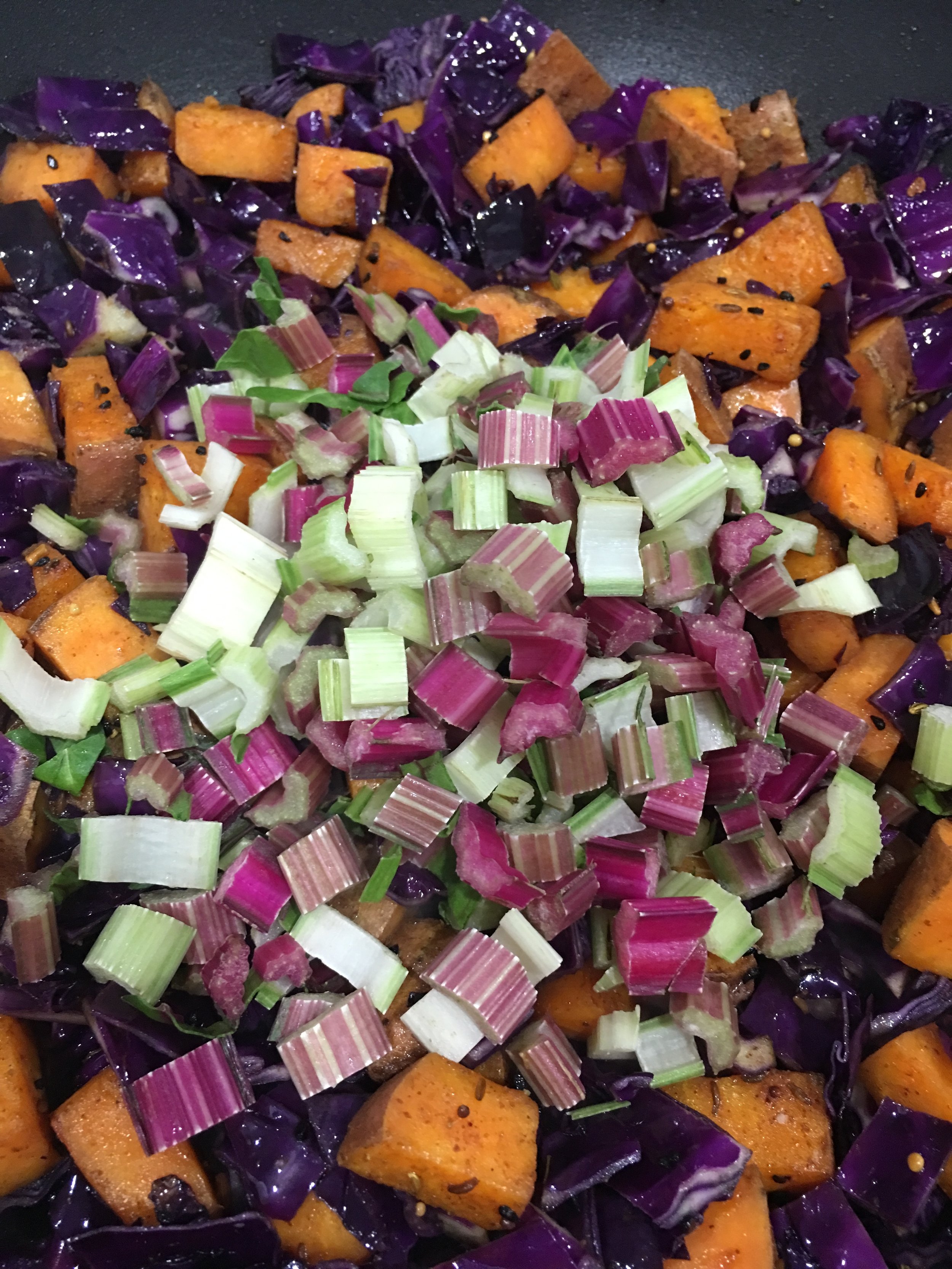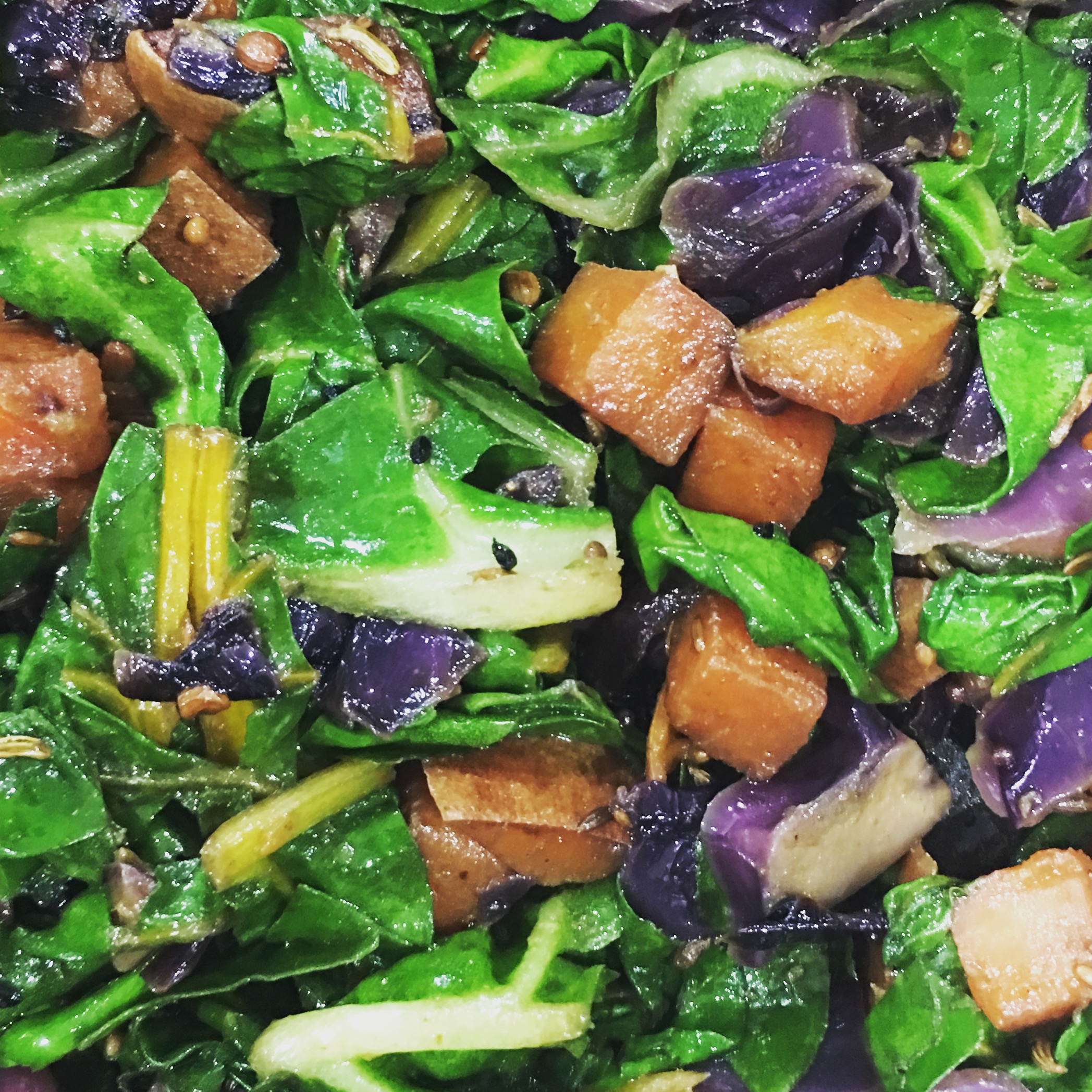I love squash blossoms! Did you know that the entire squash plant is edible? Many cultures prepare the leaves and peel the stems to use in soups, sautés and curries. So if you don't get the squash when you plant it , it's not a total failure. The most laborious part of preparing squash blossoms is removing the stamens from the base inside the blossom. Since I'm frying these, and not stuffing them, it doesn't matter if the the flower tears a bit--it'll be dipped in a delicious, savory, crunchy batter soon enough, covering any flaws.
This is one of the simplest recipes from the State of Bengal in India and one that has been made in my family for generations. I have adapted the recipe using soda water to create a lighter batter.
These blossoms have a delicate flavor and this light batter works well. The nigella seed adds a nice mild oniony flavor. The low temperature frying is done in olive oil, a good for you mono-unsaturated fat. I eat these free of any guilt as they are really good and good for me--all things in moderation of course.
Squash blossoms are an excellent source of vitamins A and C. They offer a good source of iron, potassium, calcium and beta-carotene and are high in fiber.
RECIPE: Fried Squash Blossoms Bengali Style
INGREDIENTS
- 14-16 blossoms, stamens removed
Batter:
- 1/4 cup rice flour
- 1/8 cup chick pea flour
- 1 teaspoon nigella seeds
- 1/2 teaspoon sea salt
- 1/4 teaspoon cayenne
- 1/2 cup soda water
- Extra virgin olive oil for shallow frying
PROCESS
- Prepare blossoms by gently shaking off any debris and carefully removing the stamen.
- Set a pan on medium heat with 1/4 inch of oil to cover the bottom.
- Prepare batter by whisking all ingredients in a bowl.
- When the surface of the oil begins to move, hold the blossoms by the base, gently coat with batter and lay into oil with a movement away from you.
- Fry until golden on both sides. Place on rack or brown paper to drain.
Enjoy at once! They are also delicious at room temperature.
Can be enjoyed on their own, as a crispy element to a meal, with a cool herbed yogurt or green goddess dip. I love them with a glass of champagne or sparkling rosé.
Quintessentially Summer!
